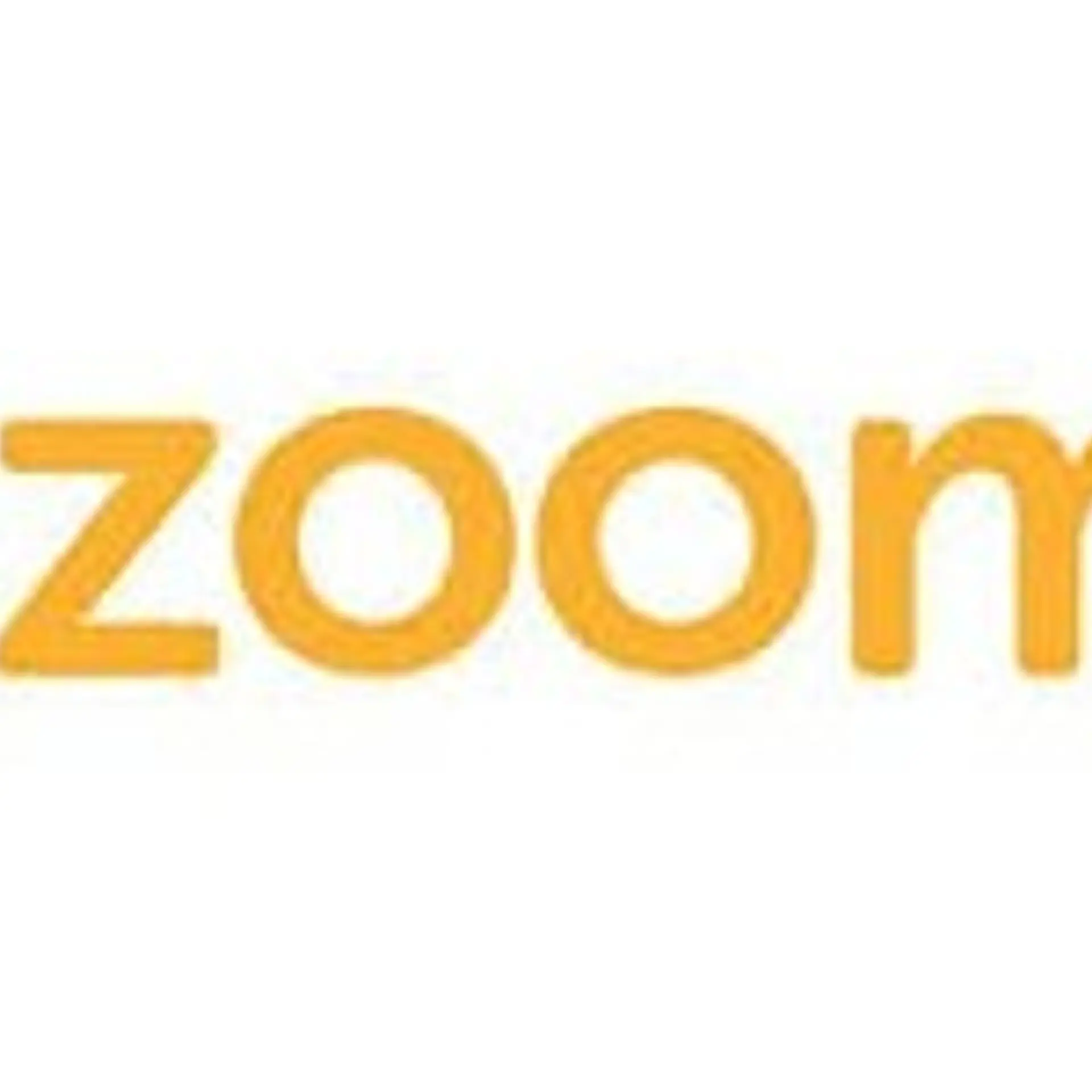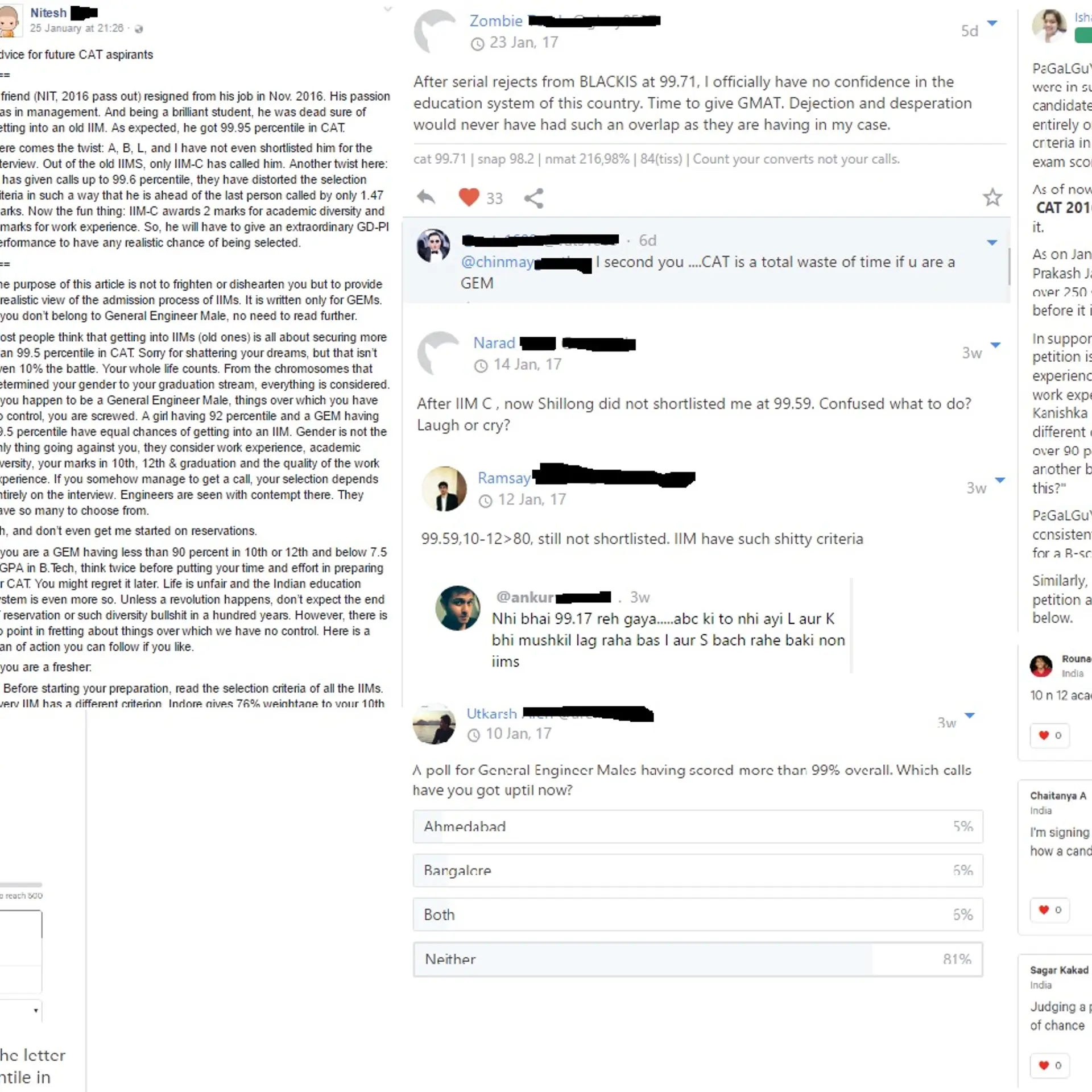

Why are Medicines so Cheap in India? The Economics of Drug Pricing
Developing New Medicines is Risky and Expensive
Developing new pharmaceuticals is an incredibly complex, extraordinarily expensive, and a very risky endeavor. Unlike other innovative technologies, before the drug comes to the market it has to demonstrate safety and efficacy through remarkably expensive clinical trials. To put things into perspective the California Research Association estimates that “only five in 5,000 or 0.10 percent of the drugs that begin pre-clinical testing ever make it to human testing. Out of the 0.10 percent that make it to human testing, only 20% ever get approved for human usage. Of these, 2 out of 10 marketed drugs are able to match or exceed R&D costs. Based on these statistics it is not surprising that failure is the expected outcome for most potential drugs. To make things more convoluted believe it or not the average research and development (R&D) cost of developing a new drug is estimated to be $5.5 billion over 15 years.
Hopefully these numbers will convince the reader that development of new drugs isn’t easy and is a very risky endeavor. Yet new drugs are needed and the process of drug discovery brings hope and relief to millions of patients. Apart from hope and relief the drugs that make it to the market also make a lot of money. On average a successful drug makes profits of $1 billion a year. With profits like this it is not surprising that the pharmaceutical industry generates higher profit margins than any other industry. Based on these numbers the pharmaceutical industry is a classic example of “high risk high reward”.
Potential Dilemma of Drug-Pricing
The cost of developing a new drug is very expensive however the cost of manufacturing a drug that has already been invented is relatively cheap. For example, Lipitor one of the top-selling drug that lowers cholesterol costs $5.80 per 100 tablets to manufacture however the cost of inventing Lipitor was still in billions. The existence of high R&D costs and low manufacturing costs creates a huge problem for the overall drug development process. Due to low manufacturing costs, a pharmaceutical company that invests billions to develop a new drug faces immediate competition. Potential competitors without investing anything in R&D could manufacture the drug, enter the market, and sell a generic copy of the drug at a very low price. Because of this, the company that invested billions to develop the new drug can never recoup its R&D costs. Thus, this situation provides no incentive for anyone to invest in an already risky drug invention process.
To incentivize drug invention pharmaceutical companies that innovate new drugs are provided patents i.e. market exclusivity. The market exclusivity provides an opportunity for the company to recover its R&D costs and make profits thus incentivizing innovation. The company however is given exclusivity only for a limited time (usually 10-12 years) after which the patents expire and generic companies can copy the medicine and enter the market. This process will eventually bring the prices down and provide treatments for life threatening diseases at extremely cheap costs.
The patent procedure allows the innovator pharmaceutical company to charge a high price for their drug to recoup their original R&D costs and report profits. For example, when Lipitor was still covered by a patent, the consumer cost was $272.37 for a 100 tablets, which provided Pfizer (the innovator company) a % markup of 4,696. Thus, it is not surprising that Lipitor generated more than $100 billion in revenue for Pfizer since it was approved in 1997.
What makes medicines in India cheap?
The patent system works well in countries where most people are covered by health insurance. This is the case in the west. Consumers pay a monthly or annual premium to insurance companies in exchange for coverage. By doing so the consumers do not incur the exorbitant cost of medication that the pharmaceutical company seeks to recoup its R&D costs. Things are very different in developing and underdeveloped countries. Most people in such countries are not covered by health insurance. Imagine a patient in India, a country with 276 million people living below $1.25 per day on purchasing power parity paying $272.37 for a 100 tablets of Lipitor. Hence it is not surprising that Lipitor was sold at a much lower cost in India than some of the western countries.
To keep the costs of medications cheap, India has has made a series of policy decisions. For example, until 2005, India offered no patent protection for pharmaceutical products, which made the generic pharmaceutical industry thrive. When India became a part of World Trade Organization (WTO) it passed patent laws in 2005, however the laws only offered weak protections to pharmaceuticals. Hence, when new drugs come to the Indian market, they typically face generic competition pretty much right after their launch. The result is that medication in India is ridiculously cheap and generic pharmaceutical industry continues to thrive.
However there is a less obvious downside to this approach. By offering pretty much no patent protection to drugs it delays entry of new pharmaceutical products into the Indian market. If companies that have incurred huge R&D costs cannot recoup their profits it is not surprising that this will be the case. A new drug comes to the US market one or two years after being approved by the FDA however it takes 5-7 years for the same drug to come out in the Indian market. Hence the low prices arguably come at the cost of significant delays in the availability of new drugs. Apart from delayed availability of drugs another downside comes in the area of R&D of new drugs. Innovation of new drugs is bare minimum in India and without patent protection it is not surprising that is the case. If India desires to grow into its role as a scientific and technological powerhouse then it must come up with a way to provide some sort of patent protection to drugs thus incentivizing drug development and innovation.
References
1) Winegarden, Wayne. "The Economics of Drug Pricing." Pacificresearch.org. Pacific Research Institute, June 2014. Web. 18 Sept. 2016
2) "Washington University Global Studies Law Review." "Indian Pharmaceutical Patent Law and the Effects of Novartis Ag v. Uni" by William J. Bennett. N.p., n.d. Web. 24 Sept. 2016.
3) Forbes. Forbes Magazine, n.d. Web. 24 Sept. 2016.
4) "Drugs, Vaccines, and Diagnostics: The Process." Covering Ebola. N.p., n.d. Web. 24 Sept. 2016.






